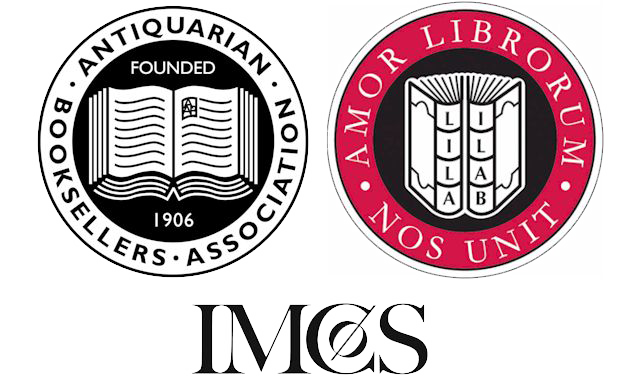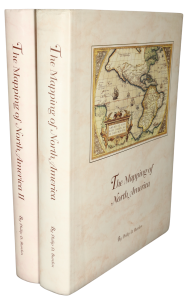Rare Maps and Prints
- World & Celestial
- North America
- West Indies, South & Central America
- British Isles
- British Isles
- English counties
- Large-scale
- Bedfordshire
- Berkshire
- Buckinghamshire
- Cambridgeshire
- Cheshire
- Cornwall
- Cumberland
- Derbyshire
- Devon
- Dorset
- Durham
- Essex
- Gloucestershire
- Hampshire
- Herefordshire
- Hertfordshire
- Huntingdonshire
- Islands
- Kent
- Lancashire
- Leicestershire
- Lincolnshire
- Middlesex
- Norfolk
- Northamptonshire
- Northumberland
- Nottinghamshire
- Oxfordshire
- Rutland
- Shropshire
- Somerset
- Staffordshire
- Suffolk
- Surrey
- Sussex
- Warwickshire
- Westmoreland
- Wiltshire
- Worcestershire
- Yorkshire
- Wales
- Scotland
- Ireland
- Western Europe
- Eastern Europe
- Middle East
- Africa
- Asia
- Australasia & Pacific
- Decorative Prints
- Title Pages
Mr. Philip D. Burden
P.O. Box 863,
Chalfont St. Giles, Bucks HP6 9HD,
UNITED KINGDOM
Tel: +44 (0) 1494 76 33 13
Email: enquiries@caburden.com
The D’Anville map is the subject of a book entitled “The Map That Shaped Brazil in the 18th Century” by Junia Ferreira Furtado. He argues that it was d’Anville, a highly respected cartographer, who reflected the geopolitical desires of Portugal under the auspices of Don Luis da Cunha who was the diplomat in charge of negotiating with the Spanish to formally agree Brazil’s borders.
In the mid-eighteenth century both Spain and Portugal sent mapping expeditions to establish the boundary between Portuguese Brazil and Spanish South America. Negotiations commenced in 1746 and D’Anville’s map represented the Portuguese position. Furtado states that the though the map was a fundamental key it was not actually used in the negotiations. The nearly 10,000-mile border was defined in the Treaty of Madrid signed in 1750. It also considered several indigenous peoples and was particularly concerned with the southern borders with present day Argentina, Paraguay, and Uruguay.
This map is one of the most detailed of South America to appear to date. It was engraved by Thomas Kitchin (1718-84). Jean Baptiste Bourguignon D’Anville (1697-1782) is said to have produced his first map at the age 15. He was a thorough editor of his maps, as Tooley stated ‘He dominated not only French but all contemporary geographers [and] his aim was reform, the rejection of plagiarism, critical examination of authorities, a basis of astronomical observation and the deletion of unverified material’. He would often leave unknown areas blank and would reference doubtful knowledge. He produced more than 200 printed maps during his lifetime. His maps were recognised as one of the more reliable sources for cartographic information. Provenance: Jonathan Potter 2002; Juan and Peggy Rada Collection. Furtado (2013); Furtado (2024); Kress (1964) 5157; Sabin (1868-1936) 77276; Shirley (2004) G.Post 1a nos. 9-11; Tooley’s Dictionary (1999-2004).






